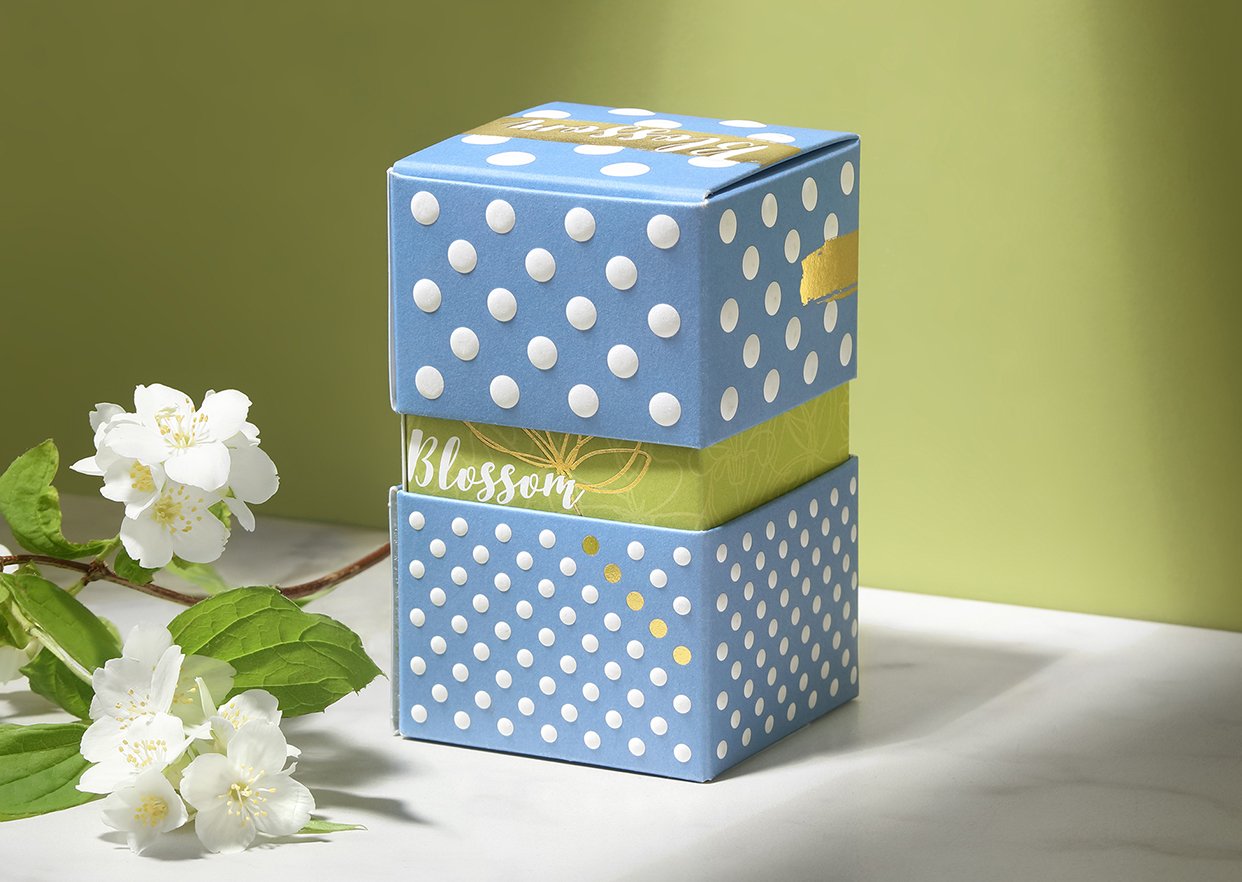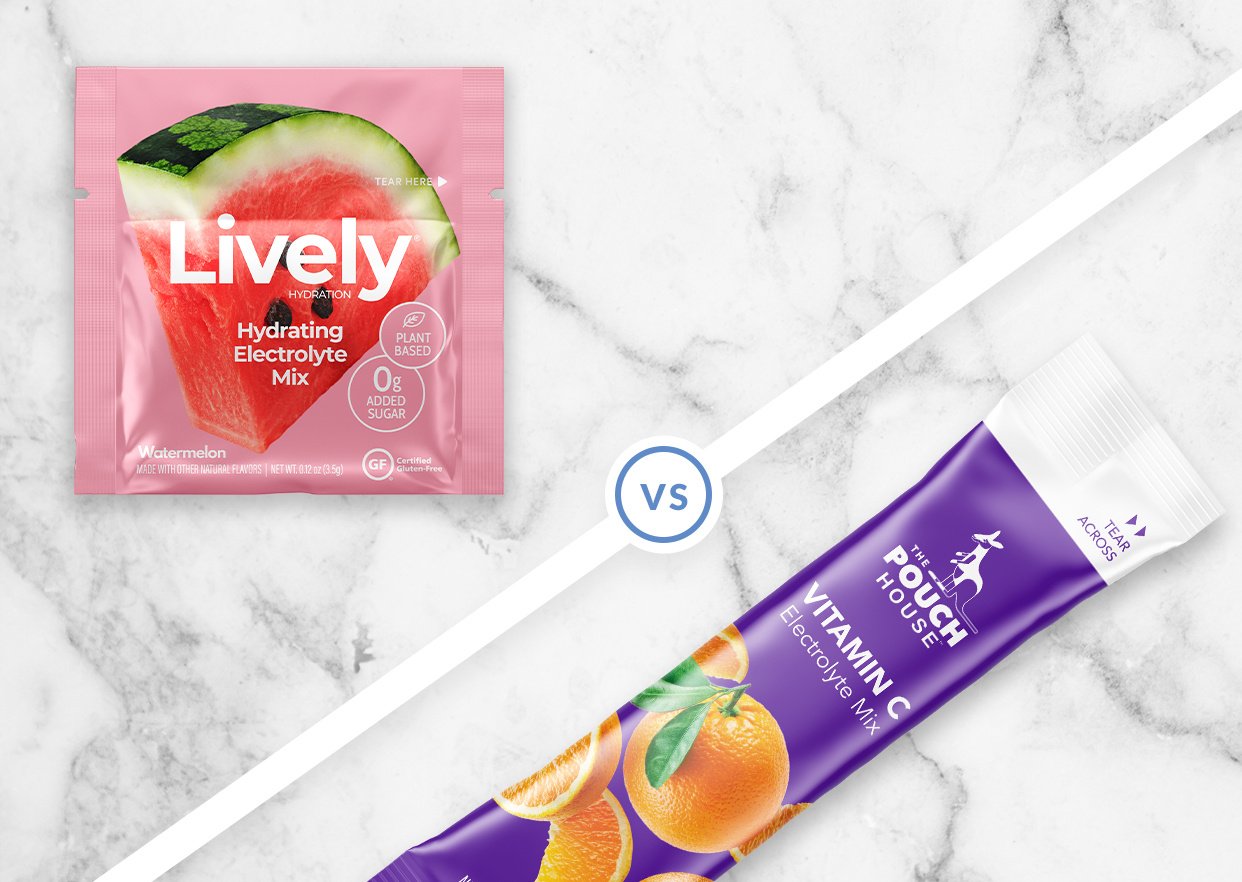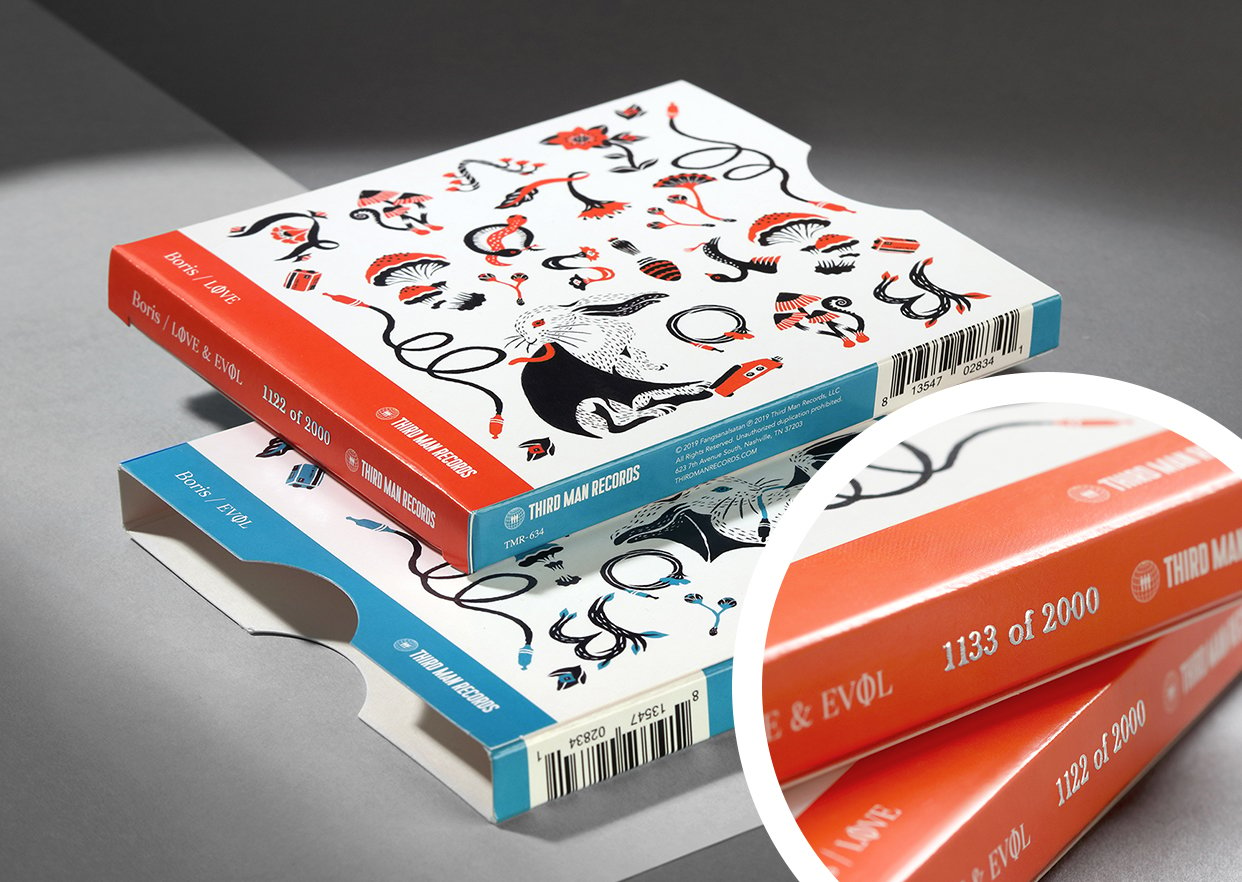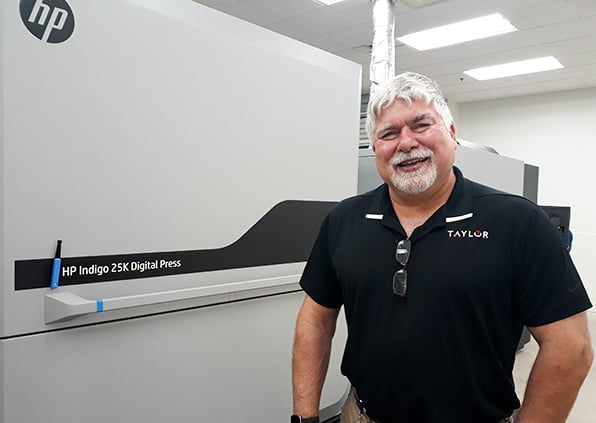Counterfeiting is a growing problem and it isn’t limited to currency, checks and other financial instruments. The U.S. Chamber of Commerce estimates that counterfeit consumer products cost the global economy $500 billion annually as fake pharmaceuticals, foods, apparel, auto parts and other items flood the marketplace. In just the first eight months of 2022, U.S. Customs and Border Protection (CBP) agents made nearly 17,000 seizures of counterfeit goods worth an estimated $2.4 billion. A single seizure valued at more than $1 billion – believed to be the largest in U.S. history – recently made headlines nationwide.
 These counterfeit products drag on the economy and wipe out thousands of jobs at the companies that should rightfully be selling the “real” merchandise. However, counterfeit products also damage brands. Whenever a consumer has a negative experience with a counterfeit item, the bona fide brand suffers a hit to its credibility. The situation can become catastrophic when a fake fails to live up to the product safety standards of the genuine article – such as with counterfeit pharmaceutical products.
These counterfeit products drag on the economy and wipe out thousands of jobs at the companies that should rightfully be selling the “real” merchandise. However, counterfeit products also damage brands. Whenever a consumer has a negative experience with a counterfeit item, the bona fide brand suffers a hit to its credibility. The situation can become catastrophic when a fake fails to live up to the product safety standards of the genuine article – such as with counterfeit pharmaceutical products.
Thankfully, digital printing technology has made a number of anti-counterfeiting and anti-imitation measures available to consumer packaged goods (CPG) manufacturers. This blog will explore how digital printing techniques can help protect consumer brands from fraud when applied to labels and packaging materials.
Brand Protection Techniques in Digitial Printing
Traditional printing methods, such as offset and flexographic printing, are especially prone to counterfeiting as they offer little protection against replication. Counterfeiters can purchase the same printing equipment and materials to produce copies of consumer product packaging and labels. The image quality and color accuracy of traditional printing methods are often lower as well, making them easier to replicate and reproduce.
Digital printing presses, on the other hand, produce high-quality images that are difficult to replicate – thereby making counterfeiting much more difficult. Here are some digital print techniques that could help protect your brand from counterfeiting.
Watermarks
Many types of consumer products can be protected from counterfeiting through the addition of watermarks. Digital printing technology makes it possible to print a unique design, pattern or symbol onto a product’s label or package. The absence of this watermark is an obvious flag that the product itself may be a fake.
Varnishes
Varnishes are commonly used to enhance the aesthetics or functionality of a printed item by adding a glossy shine or protective layer. However, varnishes can also play a role in fighting counterfeit consumer products. Patterns or symbols can be incorporated into a varnish layer that are invisible to the naked eye. However, these hidden characters appear when exposed to UV light or viewed through a special smartphone application.
Micro Text
The extraordinary precision of digital printing makes it possible to add micro text to product labels and packaging. Tiny, intricate characters or symbols can be printed onto the piece – so small that they cannot be clearly viewed without a magnifying glass or other technology. Micro text has the added benefit of being virtually impossible to photocopy successfully, taking this technique away from would-be fraudsters.
Hot Stamping
Hot foil stamping is a print embellishment that has long been used to add a high-end finish to printed pieces. However, it is also a powerful tool in the fight against counterfeiting. Unique and highly detailed images – including 3D holographic effects – can be added to a label or package using hot stamping techniques. The relative cost and complexity of the production technology makes this an effective deterrent to counterfeiters.
Serialized QR Codes
QR codes are invaluable as a way of connecting consumers to brand-specific websites or product information. Unfortunately, ordinary QR codes have the drawback of being easily copied. Adding a serialized number sequence to the QR code takes control back from the counterfeiter. By associating each QR code with a unique sequential number, a consumer can simply scan the QR code to verify that a given product is genuine. If that unique number is already in use, the product has likely been counterfeited or compromised in some way.
Invisible Inks
Using a digital print production process, security codes and unique patterns can be printed on a label or package using ink that is invisible to the naked eye. These images only appear when viewed under UV light or with an infrared camera. Such printed effects are extremely difficult to reverse engineer, providing a high degree of protection from counterfeiting.
Raised Fonts
With some digital printing processes, it’s possible to lay ink down in multiple layers on itself until it builds up on the substrate. The digital nature of the process makes variable raised fonts a reality. Security codes and other information can be imprinted on a label or package in a raised font. This adds a level of anti-counterfeiting security as well as a luxurious, tactile feel to the product itself.
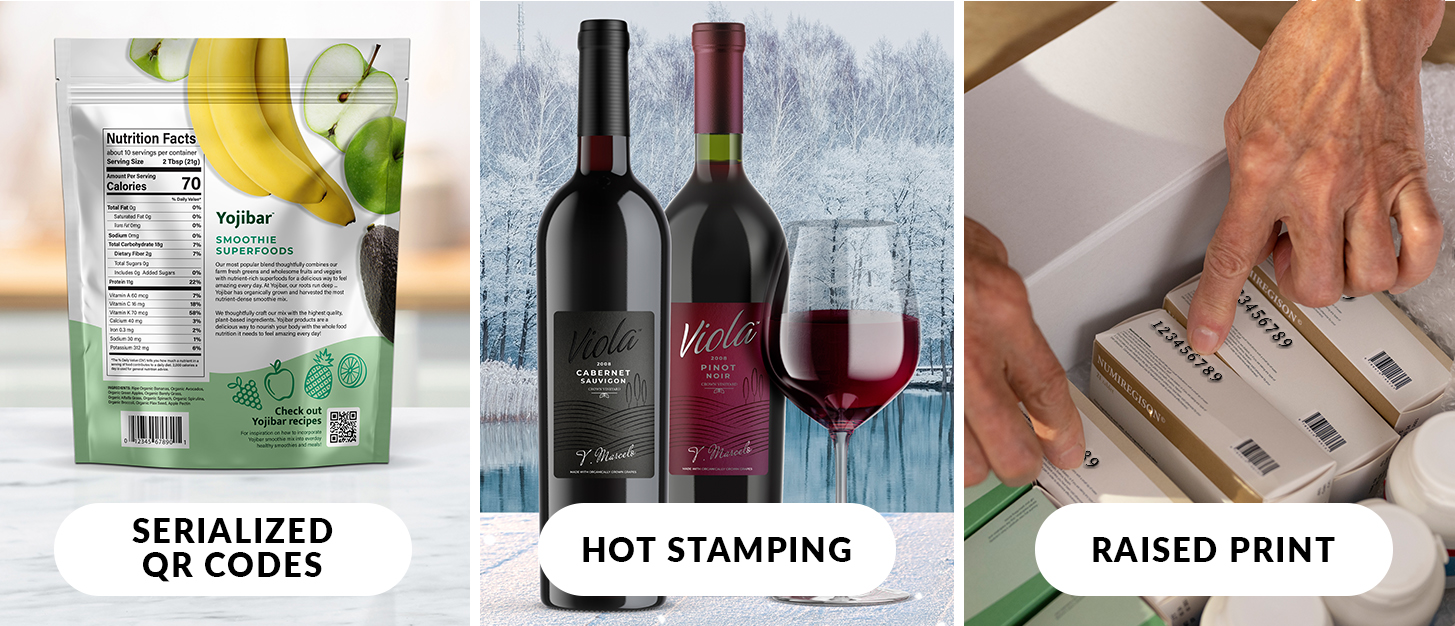 Counterfeiting of consumer products is a never-ending problem as fraudsters continue to devise new techniques. However, the advent of digital printing technology has given marketers access to a number of new tools. When incorporated into labels and packaging through the use of digital printing processes, these anti-counterfeiting and anti-imitation features offer a cost-effective line of defense for consumer brands.
Counterfeiting of consumer products is a never-ending problem as fraudsters continue to devise new techniques. However, the advent of digital printing technology has given marketers access to a number of new tools. When incorporated into labels and packaging through the use of digital printing processes, these anti-counterfeiting and anti-imitation features offer a cost-effective line of defense for consumer brands.
Brand Protection Strategies for Labels & Packaging
Taylor provides labeling solutions and custom packaging for many of the world’s leading consumer brands. From folding cartons and flexible packaging to shrink sleeves and nearly every conceivable type of label construction, Taylor plays a key role in building consumer brands. We also help protect those brands through the types of digital printing techniques described above.
Looking for a labels and packaging partner with the technology to beat counterfeiters at their own game? Contact a Taylor representative to learn more.


